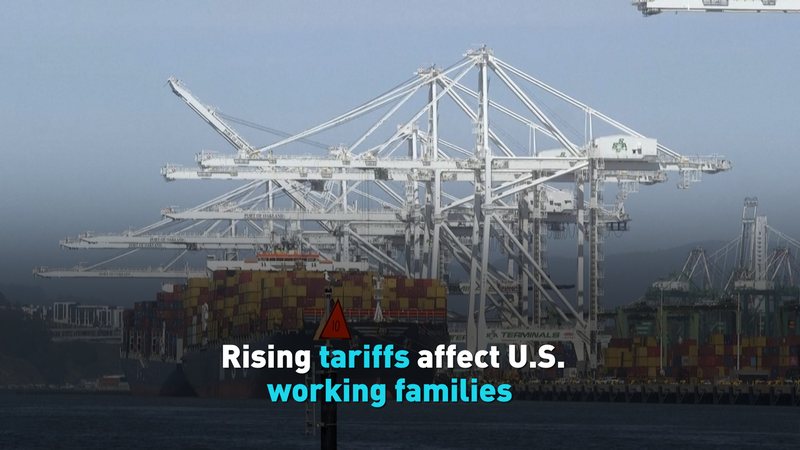At the supermarket checkout, in auto shops and even online, U.S. consumers are facing sticker shock. Recent tariffs on imports from the Chinese mainland, Vietnam, Mexico and Canada have pushed up prices across staples ranging from steel and electronics to fresh produce.
According to trade analysts, average tariff rates on key goods climbed by around 12% year-on-year. For a typical working family, that translates to an extra $200200300 annually on items like home appliances, building materials and groceries.
Maya Patel, an economist at the Global Trade Institute, warns that these policies, originally pitched as protections for domestic manufacturers, are landing on households. Lower-income families spend a larger share of income on goods, so they feel the impact most acutely.
Carlos Herrera, who runs a family-owned hardware store in Texas, reports that steel prices jumped nearly 20% this spring. He now faces tough decisions on whether to absorb the cost or pass it on to customers1either way, someone pays.
As policymakers debate adjustments, experts say that without targeted relief measures1such as rebate programs or tariff exemptions on essential goods1working families will keep feeling the pinch at the register. For globally minded consumers, it's a reminder of how international trade policies ripple through everyday life.
Reference(s):
cgtn.com



